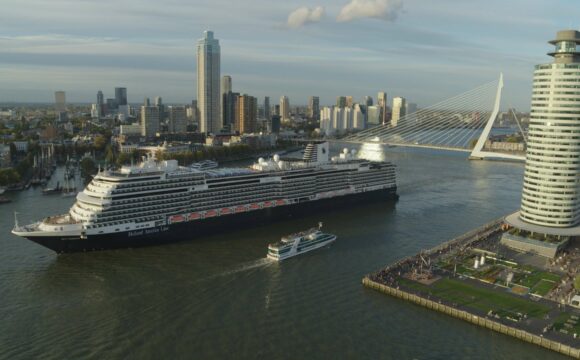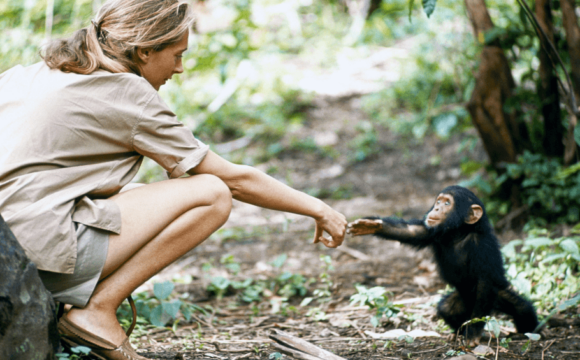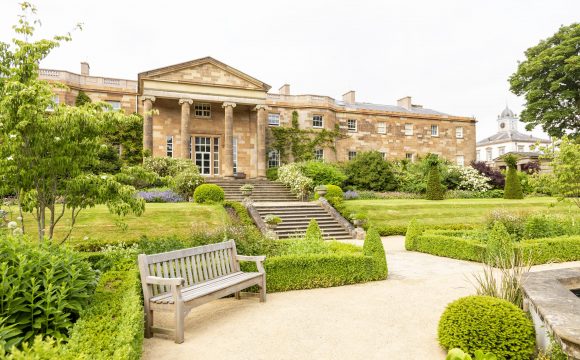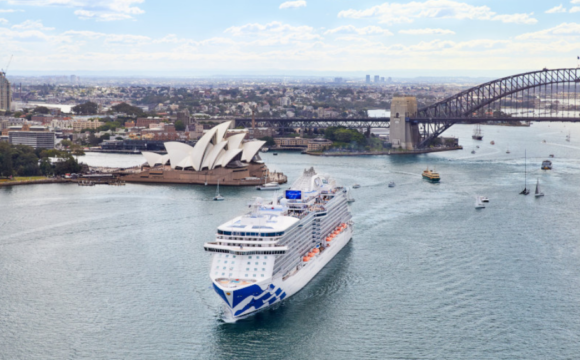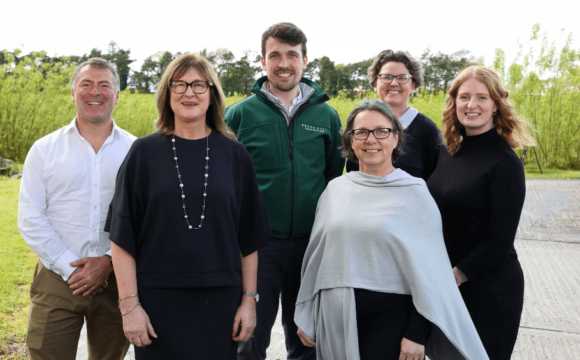In 2021, the municipality of Gáldar celebrates the Jacobean Holy Year- the perfect excuse to visit Gran Canaria and walk along the famous Camino de Santiago path.
The Camino de Santiago walk is a unique network of pilgrim’s paths, inspired by the Apostle Saint James who lived around the time of Christ. Located in the north-west of Gran Canaria, in the Canary Islands, the town of Gáldar is an important location in the history of Saint James; In the era before the Spanish had established their settlement on the Canary Islands, Bishop Don Juan de Frías officiated mass for the first time in this beautiful municipality on Saint James’ Day in 1482. Gáldar was the first location outside of the Spanish mainland to be established as a Holy Site on the Camino de Santiago.
The town of Gáldar is steeped in history with a fantastic historic centre and it also showcases the Cueva Pintada Museum and Archaeological Park, making it a great place to learn about the aboriginal past of the Canary Islands. The town is also known for its friendly locals and relaxed atmosphere and is home to a range of shops and restaurants on the Calle Capitán Quesada, a hub for visitors. As well as these great places, many tourists also visit the temple of Santiago de los Caballeros in the Plaza de Santiago in Gáldar; This religious site is one of the most important in the Canary Islands, containing three large naves and fifteen chapels with important references to the Apostle Saint James.
2021: A Jacobean Holy Year
In the holy calendar, 2021 is the ninth Jubilee Year. This is a historic moment for the town of Gáldar, which has been celebrating the calendar of the Camino de Santiago since 1965. This historical significance makes 2021 the perfect year to visit Gáldar and walk the Camino de Santiago in Gran Canaria. The holy route connects the south of Gran Canaria with the main temple of Santiago de los Caballeros in Gáldar. It also joins the Jacobean temples of Gran Canaria and the church of San Bartolomé, Tunte, in the south of the island.
This spiritual walk is the perfect way to experience the diverse interior of Gran Canaria and discover local history first-hand. Bursting with flora and fauna and home to a great selection of restaurants, shops and cultural and historical sites, it’s no surprise that the Camino de Santiago attracts thousands of visitors to Gran Canaria every year.
The 66-kilometre walk starts at the dunes of Maspalomas, one of the most prominent features of the Gran Canarian landscape. From here, the route enters the town of Fataga and it’s striking ravine, known as the valley of a thousand palms, before crossing the Arteara Necropolis, the largest aboriginal cemetery in Gran Canaria, and reaching Tunte, home of the Jacobean temple of San Bartolomé.
The incredible Degollada de las Yeguas viewpoint, located just nine kilometres from the Maspalomas tourist hub, stands almost five hundred metres above sea level and allows walkers to admire the beautiful coastline of Maspalomas and the Fataga Ravine, known as the Grand Canyon of Gran Canaria.
After Tunte, the second section of the Camino de Santiago walk begins. This part of the path leads to Cruz de Tejeda, embracing the summits of Gran Canaria. This second segment of the walk passes through a UNESCO World Heritage Site and showcases impressive spots such as the Caldera de Tirajana, an unusual crater, and the Biosphere Reserve of Gran Canaria, so large that it encloses 46% of the island’s territory. Visitors to the biosphere reserve will enjoy the Natural Park of Tamadaba and the Ventana del Nublo which has the best views of the island. The Camino de Santiago also brings walkers through the pine forests of Llanos de la Paz and the Degollada Becerra, which is another fabulous water stop with views of the Bentayga and Nublo rock formations.
The final portion of the Camino de Santiago, which links up the Cruz de Tejeda with Gáldar, is perhaps the most special part of the walk. Visitors will stroll between volcanoes and amble along wonderful agricultural landscapes and rural villages. The walk provides views of Risco Caído and the Sacred Mountains of Gran Canaria, another UNESCO World Heritage Site. There is also the chance to see the Caldera de los Pinos de Gáldar, an astonishing crater with hundred-year-old pine trees. The final stage of the Camino de Santiago ends at the original capital of Gran Canaria, Gáldar. What a trip!
For more information on the Canary Islands please visit www.hellocanaryislands.com



